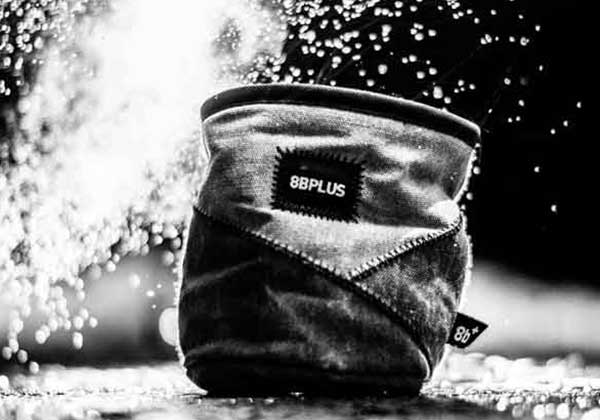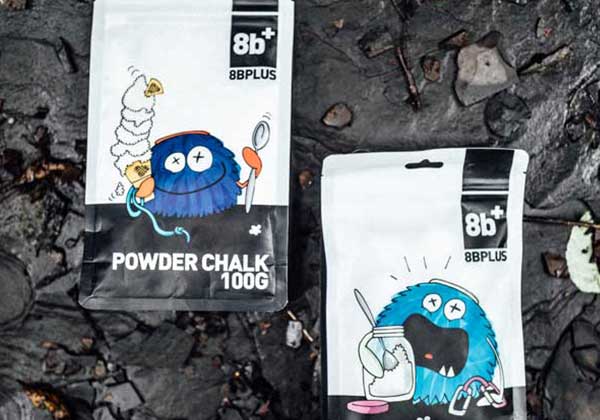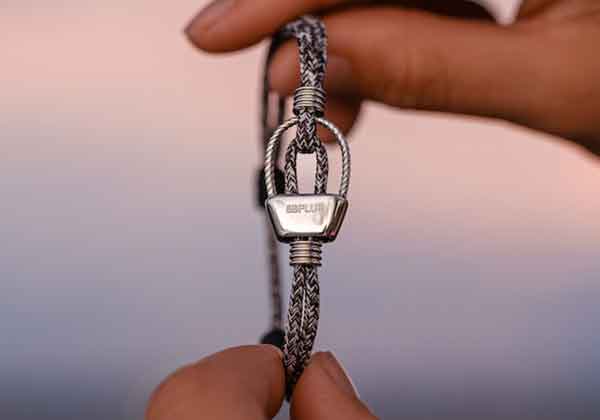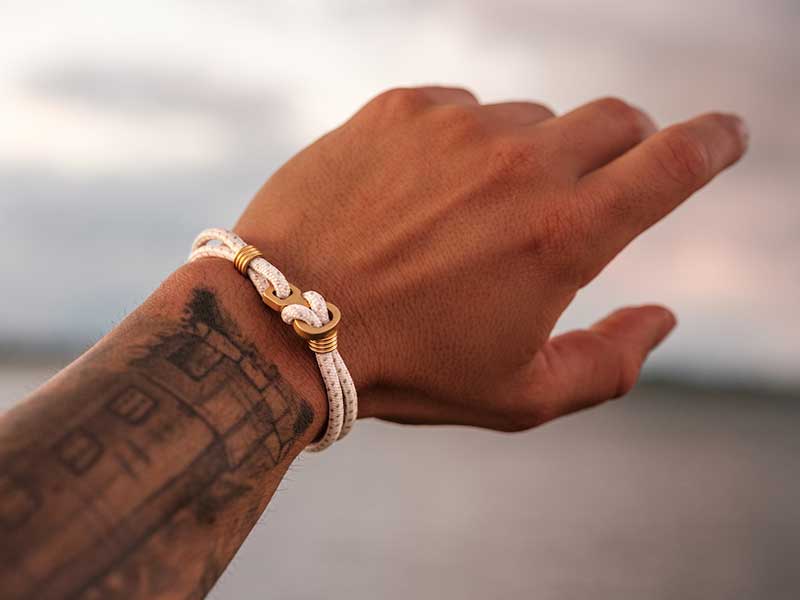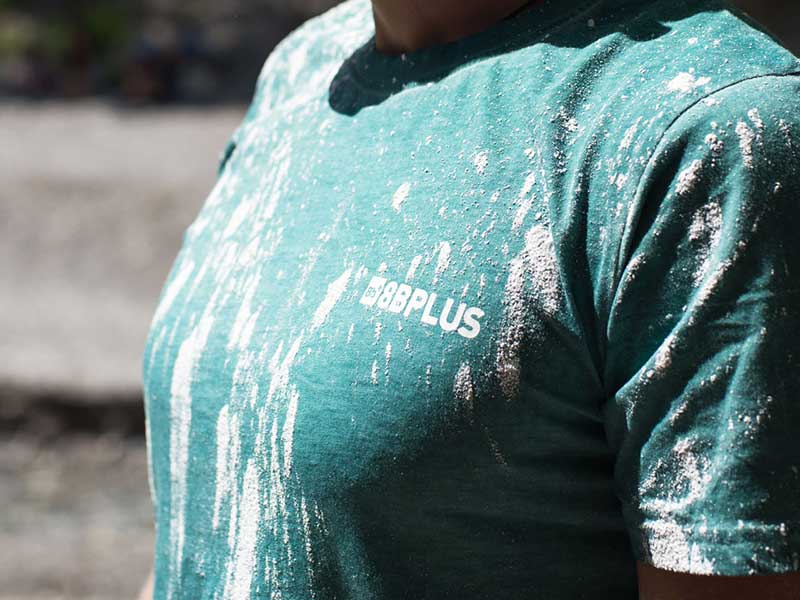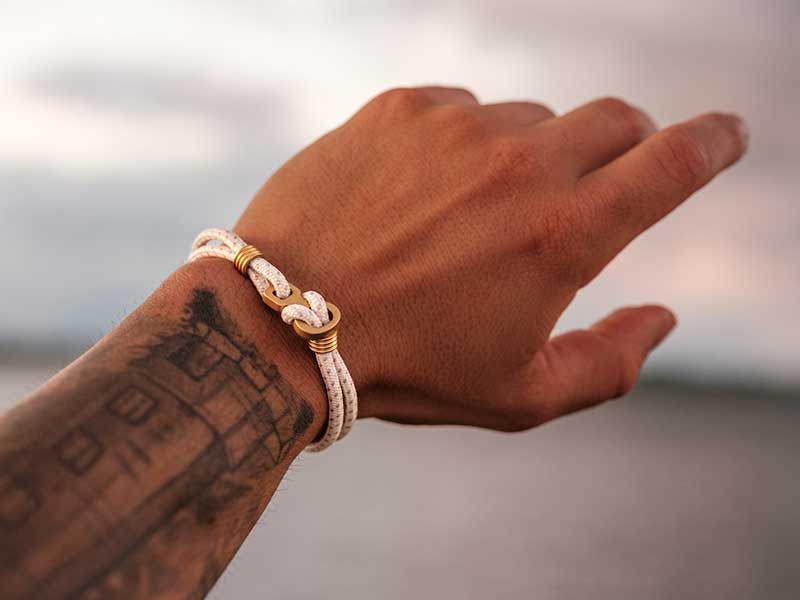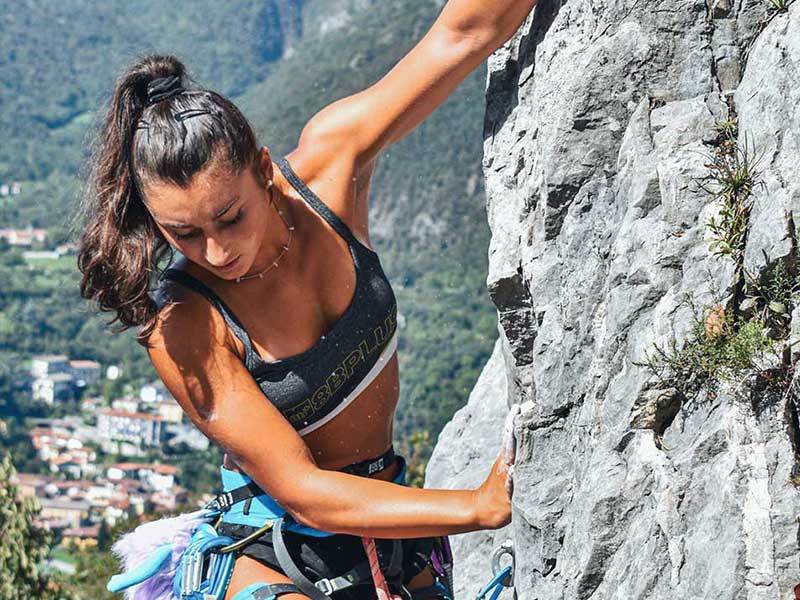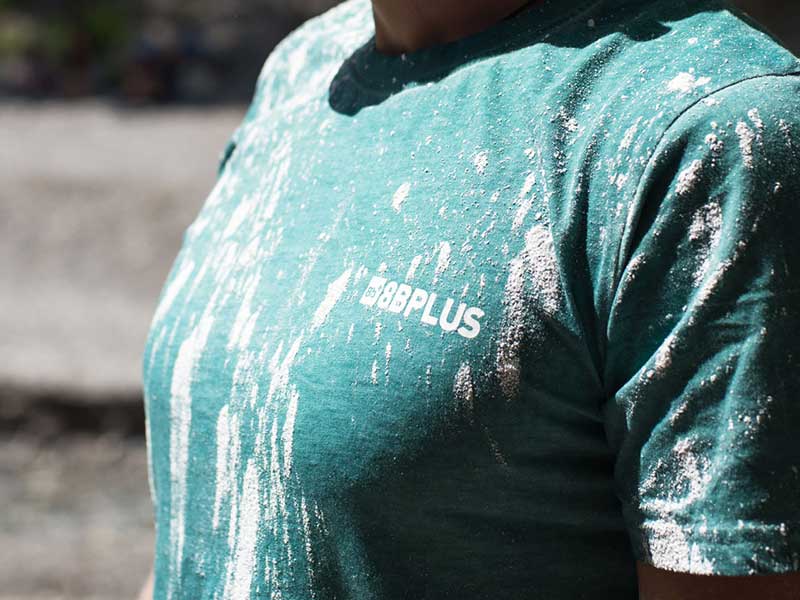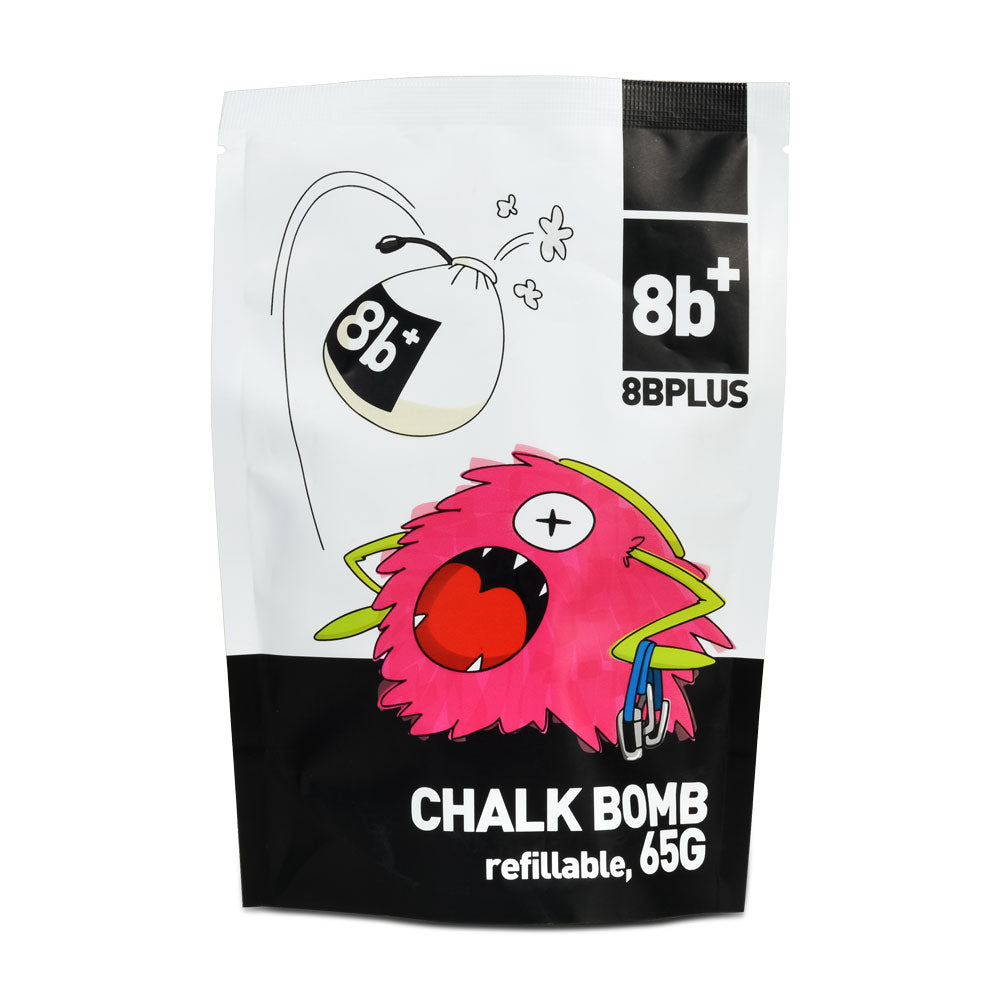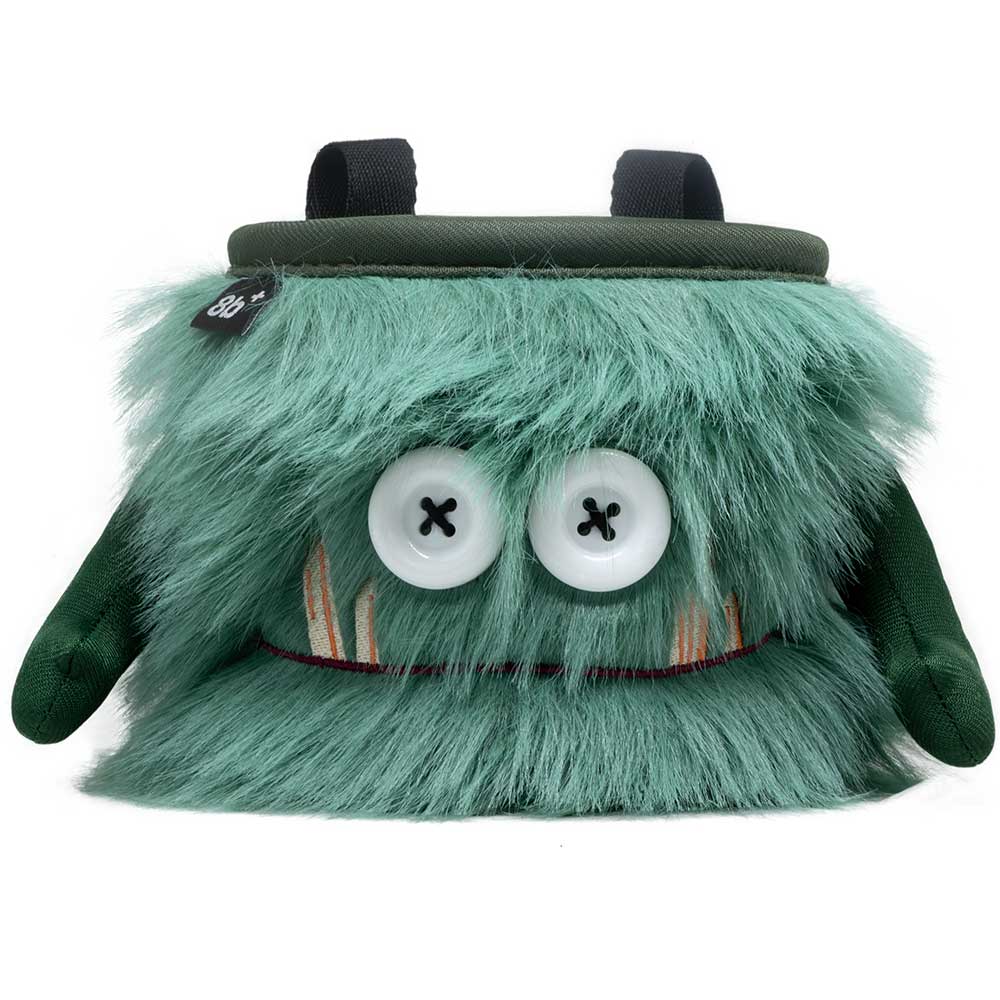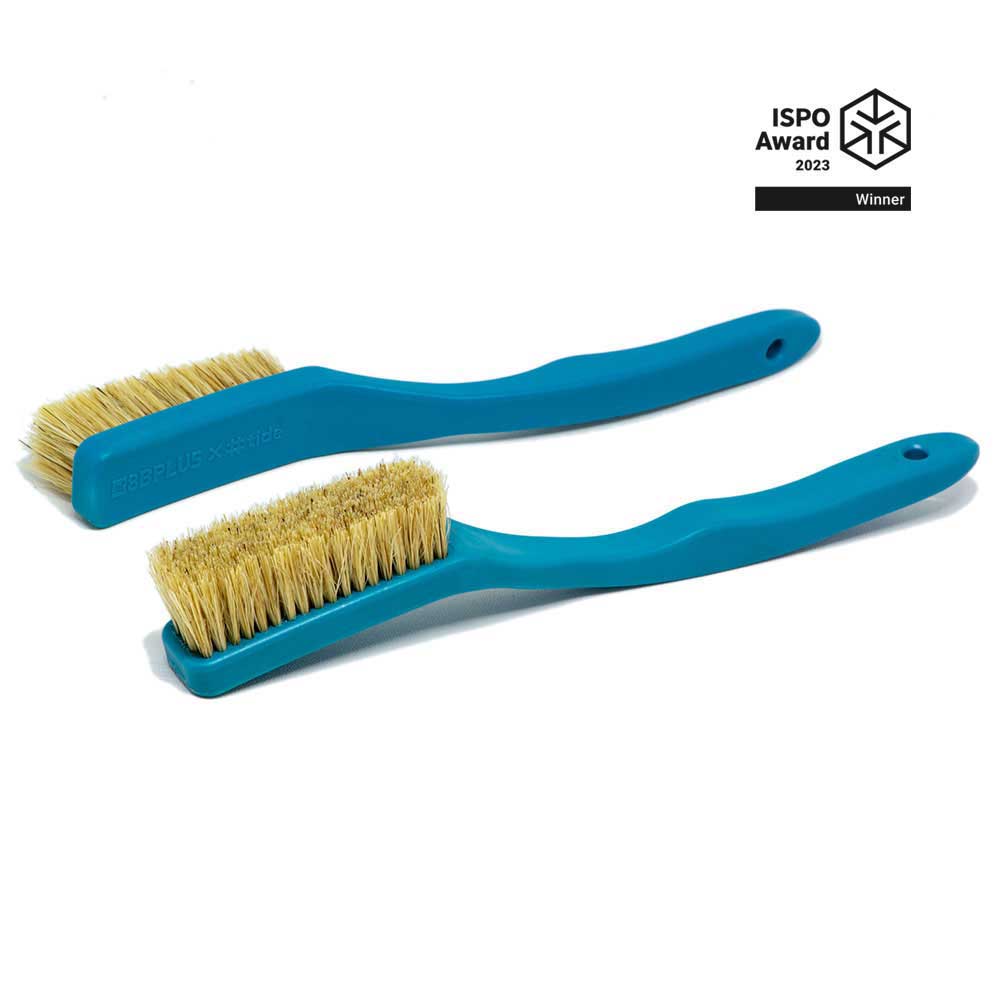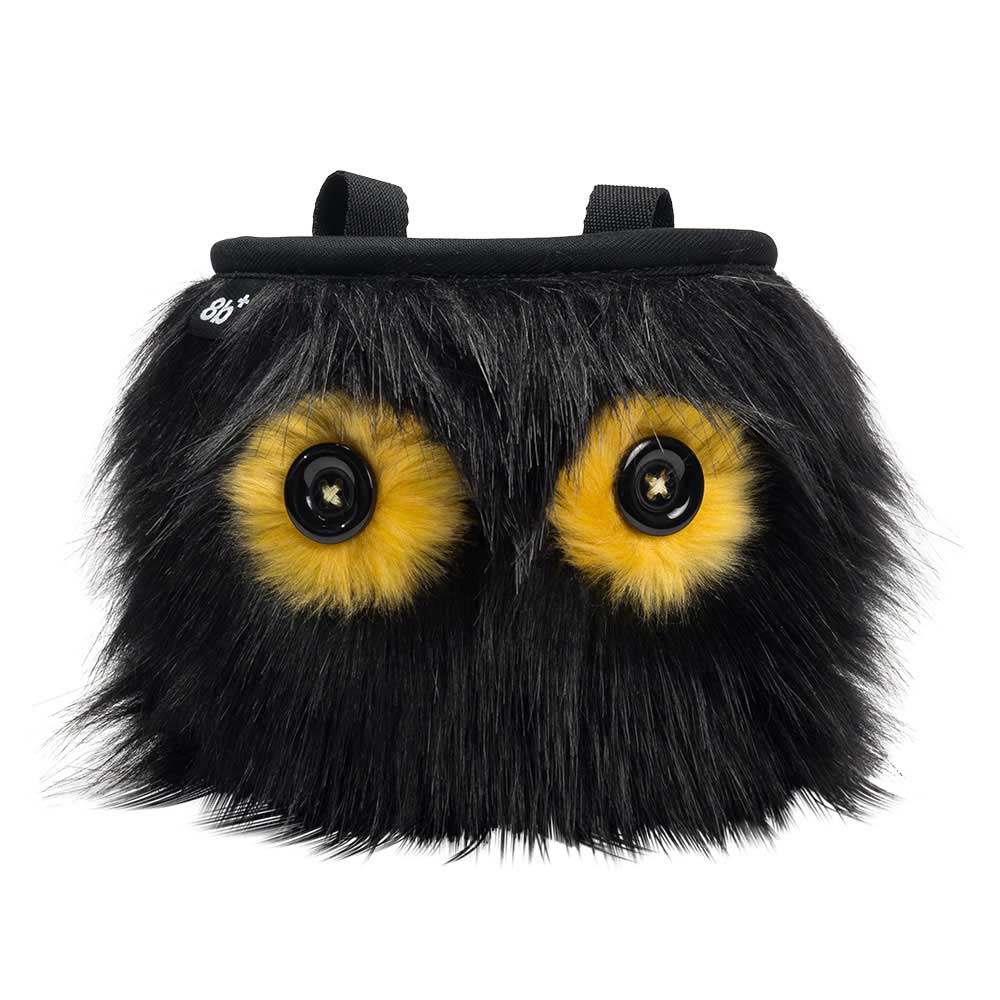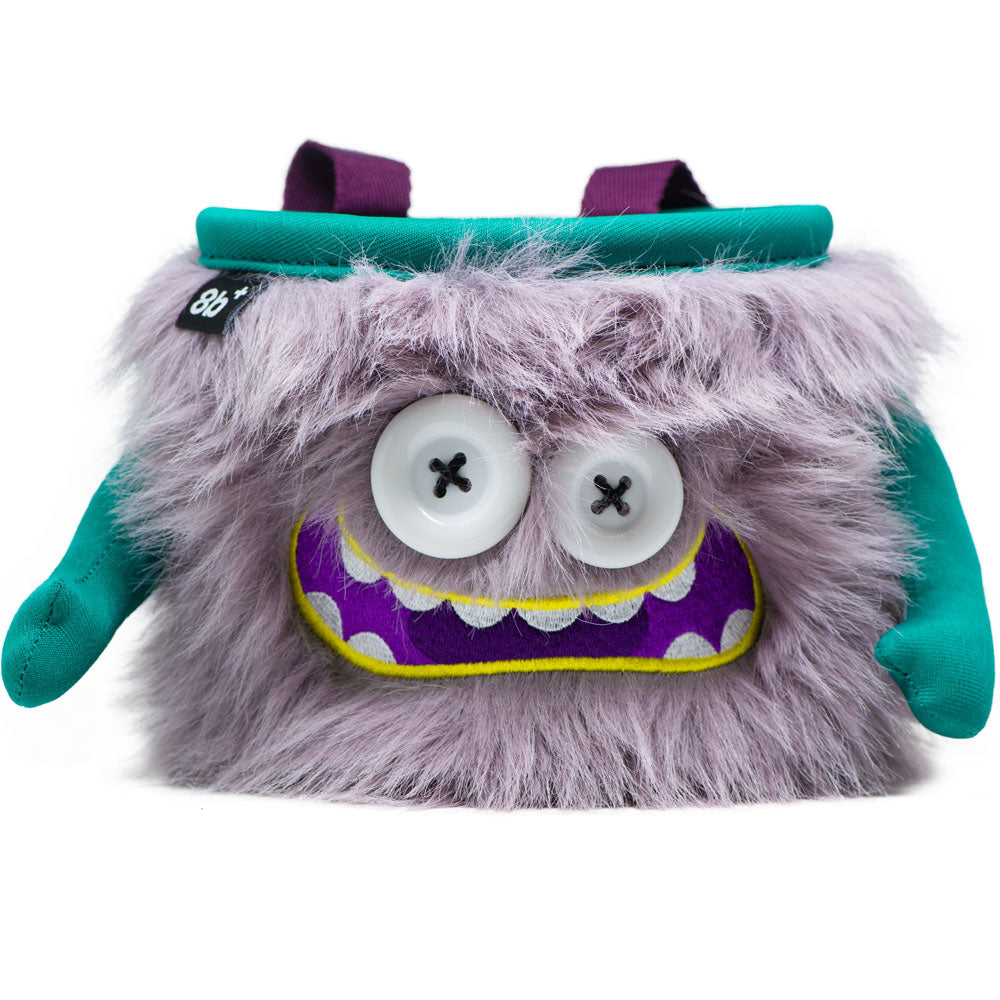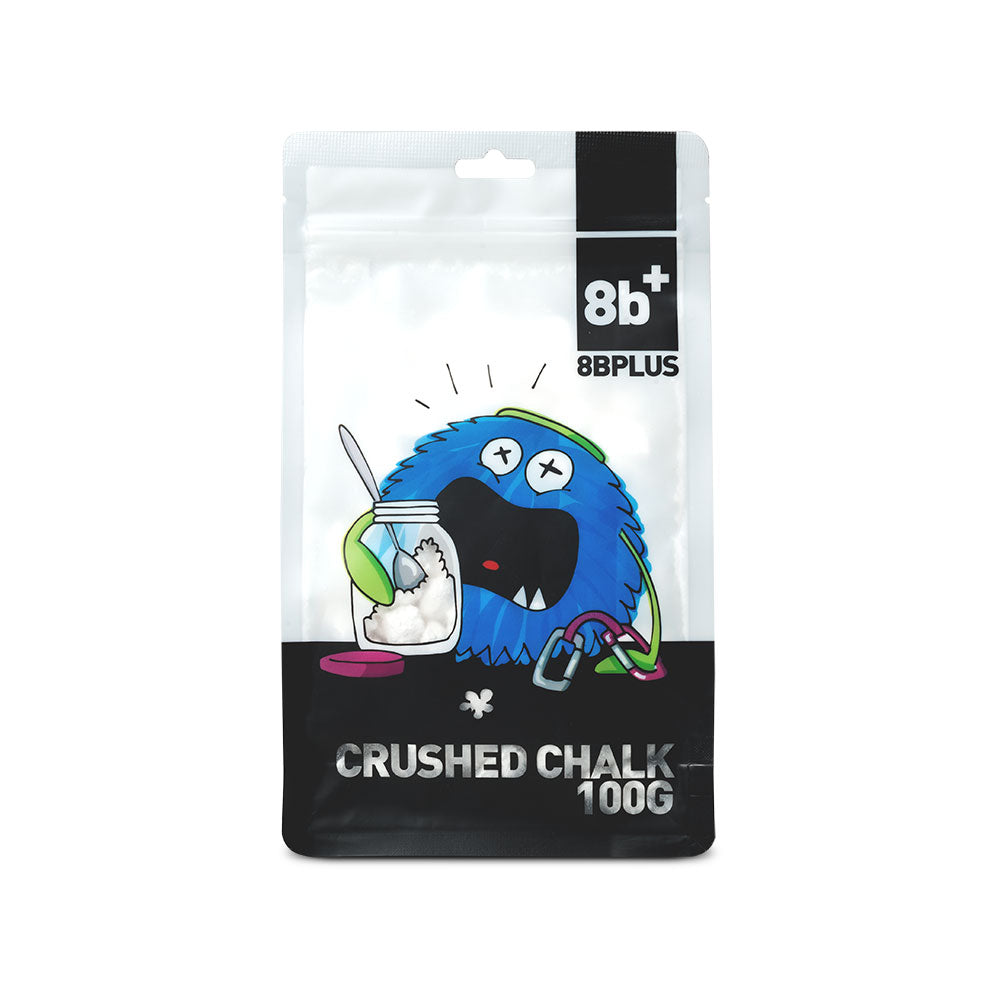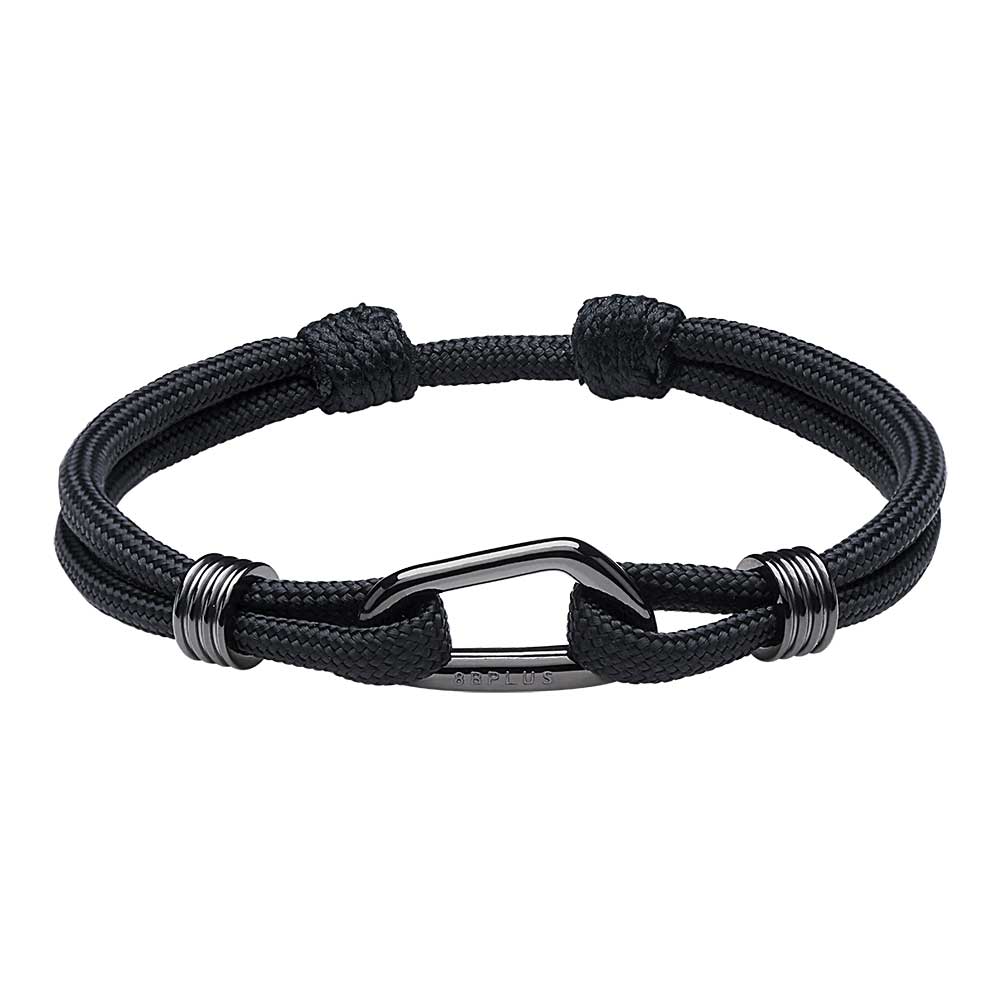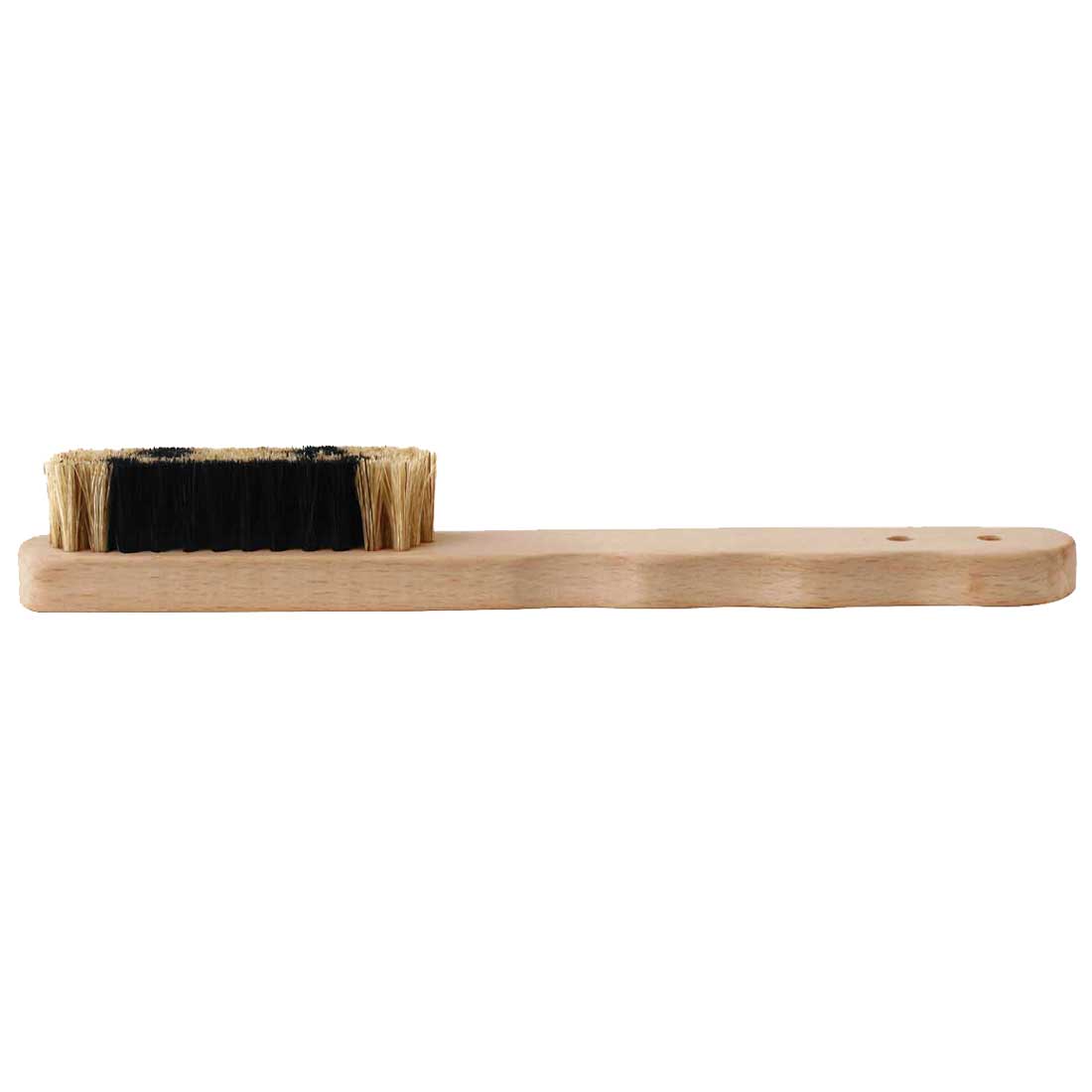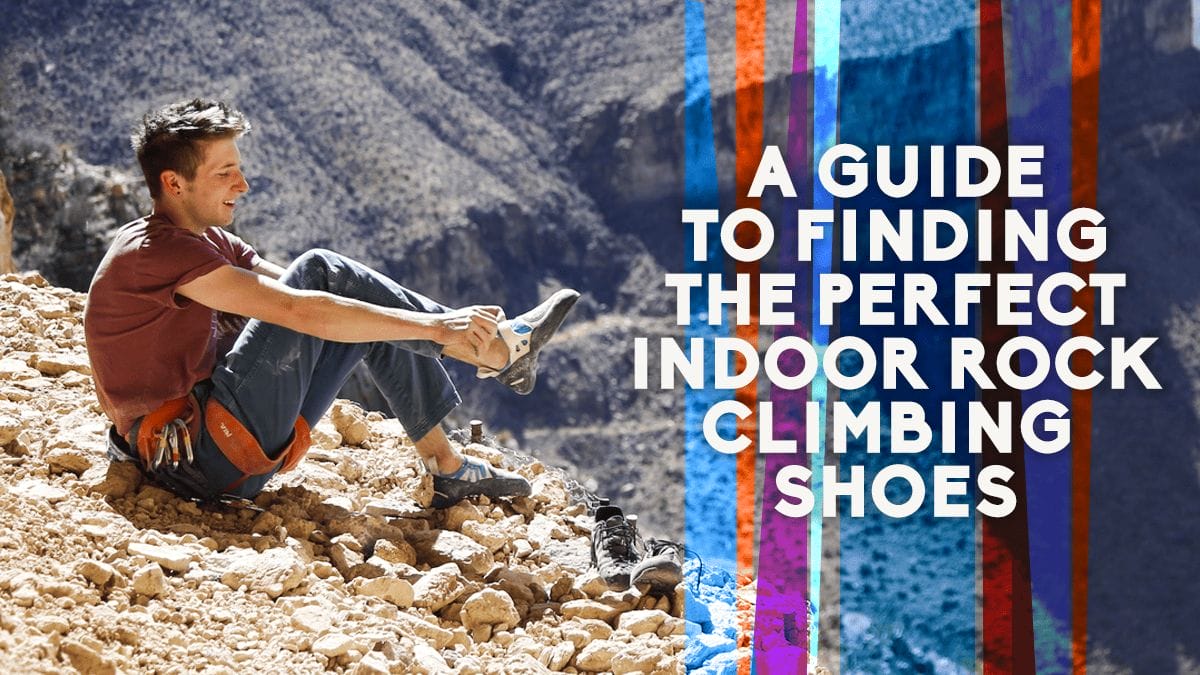
A Guide to Finding the Perfect Indoor Rock Climbing Shoes

Are you in or out?
This is an interesting question when it comes to rock climbing. Many hardcore climbers say that you can only be serious if you climb outside.
No matter where you stand on the indoor vs outdoor climbing debate, the reality is that not everyone can climb outside all the time. Many of us have weather and distance to contend with. Which means that climbing indoors makes for an excellent alternative when you need to get your climbing fix.
In this article, we’ll give you all the stuff you need to know to pick a great pair of indoor rock climbing shoes. And you’ll be able to use them whether you’re in or out!
Shape Up: Choosing the Right Shape
The right shoes are one of those rock climbing accessories you can’t live without. There are three basic shapes of rock climbing shoes. Let’s take a look at them in more detail.
Neutral
A neutral shoe shape has a flat sole supported by a thicker layer of rubber. These shoes are great for beginners and for those who plan to climb only indoors. The flat shape makes them more comfortable for walking around too.
Moderate
These shoes turn down slightly and end with a pointy toe. This toe helps you dig into cracks and slabs better than neutral shoes.
Moderate shoes have thinner, stickier rubber soles. This makes them grippier, but also less comfortable. If you’re planning to climb a healthy mix of indoor and outdoor climbing, this might be your best bet.
Aggressive
Aggressive shoes are more fit for a serious outdoor climber. They have a narrow, pointy toe and the thinnest rubber soles. This makes them great for overhangs, but probably a bit much if you’re primarily climbing indoors.
Rubber, Meet Road: Sorting Out Rubber Types
All climbing shoes use special rubber to make them stickier. But the type of rubber varies, as does the thickness.
A thicker rubber is sturdier and will last longer. It’s also more comfortable to support your foot. But it doesn’t give you the feel for the climbing surface that a thinner rubber does.
Thin rubber is usually stickier, offering much better grip. And it allows you to feel the rock or wall below your feet. But this type of rubber wears down fast and isn’t as comfortable.
For inside climbers, you can often get away with thicker rubber or something in between.
Fit as a Fiddle: Finding the Right Fit
If your shoes don’t fit properly, you’ll be more open to blisters and injuries from slipping. And this may hinder you from climbing, which is never a good thing!
You want the fit to be tight, but not too tight. There needs to be no gap between the end of your toe and the shoe. If there’s a gap, you’ll lose rigidity when you push your foot into the wall or rock.
Every shoe and every foot bend differently. Try on several sizes to make sure your foot fits into the shoe. And make sure the bend feels good, without restricting or compressing areas of your foot.
Go for a walk or climb before you try on shoes. Your feet tend to get bigger when you’re active. And this is what you want to make sure you get a shoe that will fit perfectly while you’re climbing.
Indoor Rock Climbing Shoes: As Unique as You Are
The truth is, the perfect indoor rock climbing shoes are the ones that fit your needs. And everyone’s needs are different. So try on as many as you can and choose the pair that feels the best.
Need any other climbing gear? We’ve got you covered! Check out our Gear Page for all your climbing needs.



